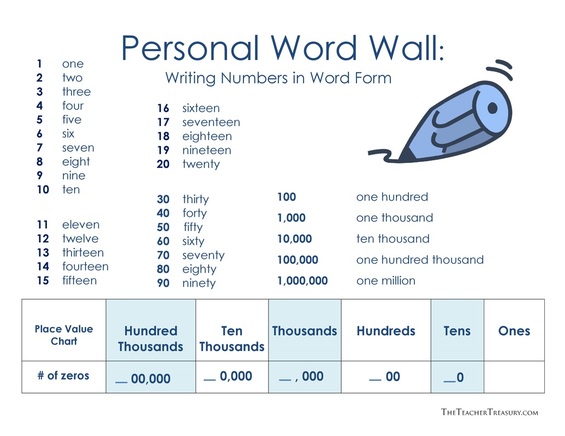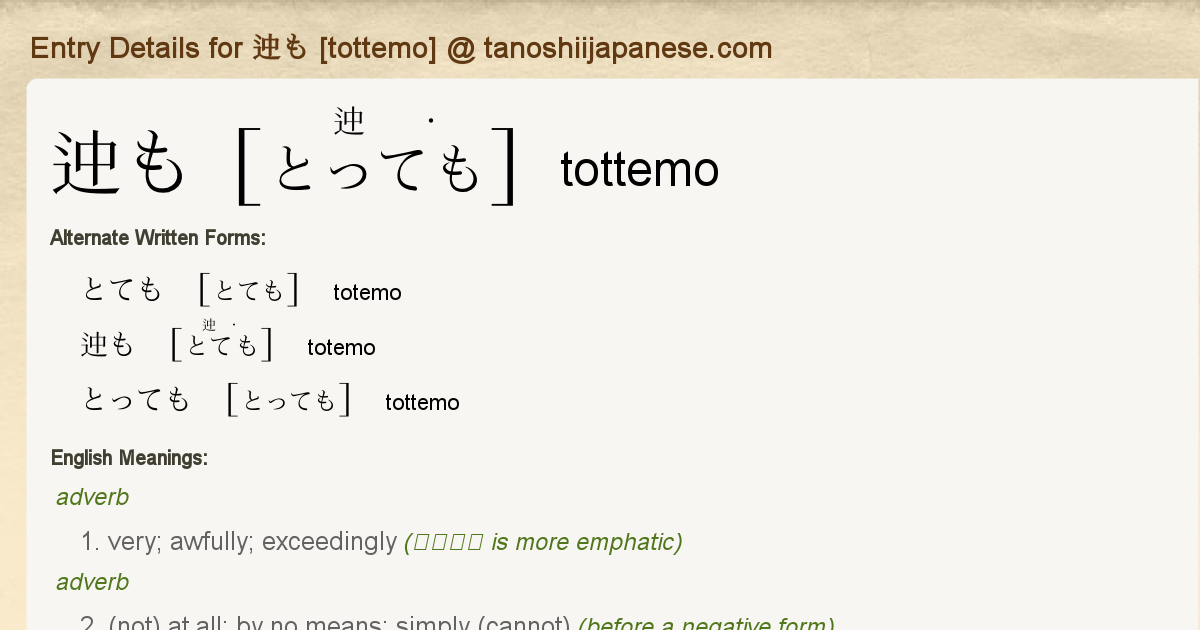

How would you ask politely "Do you like it?", literally "Is it liked?"Īnd how would you say politely, "It is sushi. The "ka" is like a kawestion mark, but in Japanese you pronounce it. You also need to add ka onto the end of any kind of kawestion, for example, "who ate my cake?" is not a yes or no kawestion, but it still needs "ka" on the end. It makes a sentence into a yes or no kawestion. You can make any sentence into a question, or a kawestion as I like to call it, by adding ka on the end. The letter ki looks sort of like a picture of an old fashioned key. But it means "it is liked" or as we would say "I like it". So how would you say politely "It is liked"? To remember it, think "I like it, and I starting SOOKING when I don’t get it". In Japanese, if you want to say "I like something" you have to say it backwards as "Something is liked." Actually, most languages say it backwards.

I imagine it looks like a soup spoon, but it takes a bit of imagination to see it as that. It is a horizontal line, with a vertical line that goes through it and does a loop-the-loop. The letter "su" is a bit harder, since it doesn’t look like anything much. You just add the double quotes like this: Changing "te" into "de" is the same as changing "ta" into "da".
#Written form of totemo how to#
You can probably guess how to write the letter "de". So if you are writing to your friend, let’s call him "Tom", how would you write "It is a hand", in Japanese? The Japanese full-stop or "period" is like an English one, but it is hollow, so it is a small circle rather than a dot. To change the letter "ta" into the letter "da" you add a double qote symbol in the top right hand corner. It looks just like the lowercase english letters T A but with the front and back of the A missing. The letter TE is easy, because it looks just like the line on your right palm.
#Written form of totemo plus#
Japanese uses the hiragana alphabet, where each letter is a combination of consonant plus vowel. So how would I say "I am a teacher" when talking to someone who isn’t a friend?ĭES means the same as DA, but is more formal. It is spelt D E S U, but people normally drop the U and pronounce it "des". "Da" is what you use when talking to your friends, and it is the form you will find in the dictionary.īut when talking to anyone who is not your friend, you use the more polite form "de su". So if teacher is "Sensei" in Japanese, how would you say "I am a teacher"?Īnd how would you say "She is a teacher"? You also leave out words like "a", "an" or "the", they don’t exist in Japanese. It’s also normal to leave out the "I", "you", "she", or "he" when they already understand who you are talking about. "da" can mean "is", "am", "are" or "to be". How would you say "It is sushi" in Japanese? So how would you say "It is empty" in Japanese? But in Japanese "da" always goes right at the END of the sentence, after everything else, instead of in the middle like it is in English. The Japanese word for is is da, spelt D A.

In Japanese it is very normal to leave out any part of the sentence that is already understood. In Japanese there is no word for "it", you just leave it out.

So how would you say "empty" in Japanese? Karate is pronounced kara-te in Japanese. You already know some Japanese words that have been adopted into English: But here is a text sample of the start of the first lesson: I recommend downloading and listening to the audio course. It publishes Japanese Language and Literature twice each year and the AATJ Newsletter four times annually.It is unfinished, there are intended to be another 4 discs. It holds an annual conference in conjunction with the Association for Asian Studies and also cosponsors the major annual foreign language education conference, the annual meeting of the American Council on the Teaching of Foreign Languages.
#Written form of totemo professional#
AATJ is the product of the consolidation of two national organizations: the Association of Teachers of Japanese (ATJ), founded in 1963, and the National Council of Japanese Language Teachers (NCJLT), founded in 1992.ĪATJ gives scholars the opportunity to exchange academic and professional views, results of research, and news of the field. AATJ fosters professional development, the promotion of Japanese and foreign language education, and the exchange of research, and seeks to coordinate its activities with related organizations to promote Japanese studies, including a network of state and regional affiliate organizations. The American Association of Teachers of Japanese is a non-profit, non-political organization of individuals and institutions seeking to promote the study of Japanese language, linguistics, literature, culture, and pedagogy, at all levels of instruction.


 0 kommentar(er)
0 kommentar(er)
